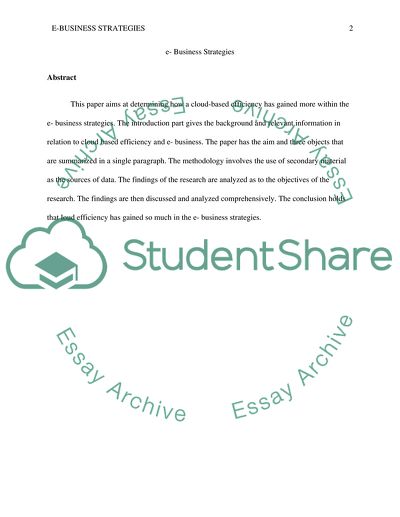Cite this document
(“Cloud-based efficiency gains within e-Business strategies Essay”, n.d.)
Retrieved from https://studentshare.org/e-commerce/1690611-cloud-based-efficiency-gains-within-e-business-strategies
Retrieved from https://studentshare.org/e-commerce/1690611-cloud-based-efficiency-gains-within-e-business-strategies
(Cloud-Based Efficiency Gains Within E-Business Strategies Essay)
https://studentshare.org/e-commerce/1690611-cloud-based-efficiency-gains-within-e-business-strategies.
https://studentshare.org/e-commerce/1690611-cloud-based-efficiency-gains-within-e-business-strategies.
“Cloud-Based Efficiency Gains Within E-Business Strategies Essay”, n.d. https://studentshare.org/e-commerce/1690611-cloud-based-efficiency-gains-within-e-business-strategies.


